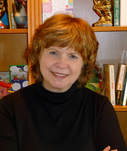 When I was a kid fifty years ago, President Theodore Roosevelt had a bad rap. We learned that way back in the 1900s, he banned Christmas trees from the White House. What a lousy father, I thought. Down through the years, the story went something like this: Across America in the early 1900s, huge forests were in danger of destruction from a lumbering practice called “clear-cutting.” Lots of newspapers and public leaders asked Americans to stop going to the woods to cut Christmas trees. Now when the Roosevelts and their six kids lived in the White House, they didn’t have a tree. Stockings and presents, but not a tree. So folks assumed that Roosevelt had outlawed Christmas trees, because he was a huge outdoorsman and conservationist. But, according to people who’ve done their history homework, that’s not the whole truth. It’s possible that First Lady Edith Roosevelt had six kids to think of and didn’t want the extra fuss of a Christmas tree. Christmas trees had become very popular ever since the old German tradition was picked up in the United States, but not everyone chose to have one. As it turned out, the Roosevelts did have at least one tree, courtesy of their eight-year-old son Archie. On Christmas morning 1902, Archie surprised his family. The president wrote about it in a letter that told of Christmas morning:
A magazine ran the story of Archie’s tree the next year. From then on, it picked up all sorts of embellishments, sort of like playing telephone at a birthday party. Today, the best explanation of the old story appears on a blog run by the Forest History Society. Visit their website. And for more cool facts about Christmas trees, check out the website of the folks who know, the College of Agriculture at the University of Illinois. 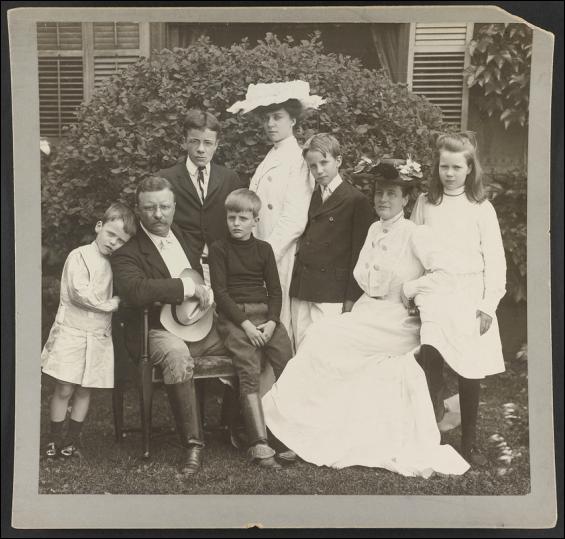 Roosevelt Family in 1903 with Quentin on the left, TR, Ted, Archie, Alice, Kermit, Edith, and Ethel. Credit: Library of Congress Roosevelt Family in 1903 with Quentin on the left, TR, Ted, Archie, Alice, Kermit, Edith, and Ethel. Credit: Library of Congress  Theodore Roosevelt for Kids brings to life this fascinating man, an American giant whose flaws were there for all the world to see. Twenty-one hands-on activities offer a useful glimpse at Roosevelt’s work and times. Readers will create a Native American toy, explore the effects of erosion, go on a modern big game hunt with a camera, and make felted teddy bears. The text includes a time line, online resources, and reading list for further study. And through it all, readers will appreciate how one man lived a “Bully!” life and made the word his very own. Kerrie Hollihan is a member of iNK's Authors on Call and is available for classroom programs through FieldTripZoom, a terrific technology that requires only a computer, wifi, and a webcam. Click here to find out more. MLA 8 Citation
Hollihan, Kerrie Logan. "Did Theodore Roosevelt Ban Christmas Trees?" Nonfiction Minute, iNK Think Tank, 22 Dec. 2017, www.nonfictionminute.org/the-nonfiction-minute/ Did-Theodore-Roosevelt-Ban-Christmas-Trees. Accessed 22 Dec. 2017.
1 Comment
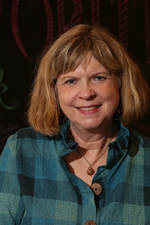 The Tomb of the Unknown Soldier in Washington D.C.’s Arlington National Cemetery is one of America’s sacred places. This marble monument is indeed a grave of a World War I soldier. It’s also a powerful symbol for Americans who fought or died in war. America chose its first unknown soldier after its victory over Germany in the Great War. It wasn’t called “World War I” until a second world war started twenty years later. The honor of making that choice went to an Army sergeant from Chicago named Edward Younger, who was stationed in France. The bodies of four unidentified soldiers were removed from their graves in four American military cemeteries near battlefields in France. Officials made sure they were American soldiers by inspecting their uniforms and checking their bodies for combat wounds. During a solemn ceremony, Sergeant Younger entered a private room where the four caskets sat side by side. He carried a bouquet of white roses. He walked around the caskets quietly and then placed the roses on one of them. The remains of that soldier were transferred to a new casket. It was sealed and draped with the American flag, so that the field of stars lay over the soldier’s head and heart. With great ceremony, the casket was honored in France and then escorted by the U.S. Navy across the Atlantic to Washington, D. C. The spray of white roses went along, as well. The Unknown Soldier lay in state in the Rotunda of the Capitol Building until November 11, 1921. That was the third anniversary of Armistice Day. “Armistice” means to lay down weapons and stop fighting. This is exactly what happened at the 11th hour of the 11th day of the 11th month in November, 1918. Today, we call our national holiday “Veteran’s Day.” Crowds gathered to watch as the Unknown Soldier’s casket was placed on a gun carriage and drawn by horses to nearby Arlington National Cemetery across the Potomac in Virginia. After a solemn burial service, many dignitaries paid their respects at the casket, including the U.S. president and the American Indian Chief Plenty Coups of the Crow Nation. The chief laid his war bonnet alongside the memorial wreaths. The casket was lowered into the tomb onto two inches of soil from France. Sergeant Younger’s spray of roses was buried with it. Later, a massive marble sarcophagus was placed on top. The words carved into the sarcophagus state simply: Here rests in honored glory an American soldier known but to God.  The Tomb of the Unknown Soldier as it appears today. The flat-faced white marble sarcophagus is relieved at the corners and along the sides by neo-classic pilasters, or columns, set into the surface. Sculpted into the east panel which faces Washington, D.C., are three Greek figures representing Peace, Victory, and Valor. The six wreaths, three sculpted on each side, represent the six major campaigns of World War I.. 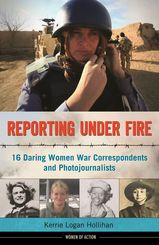 Throughout history, the wars of men have been off-limits to women; to break through these barriers, women had to fight with newspaper gatekeepers and the leaders of warring nations alike just to get the story. Kerrie Logan Hollihan's newest book, Reporting Under Fire, tells how women won the war for equality in the journalism world. To find out more about the book on Kerrie's website, click here. Kerrie Hollihan is a member of iNK's Authors on Call and is available for classroom programs through FieldTripZoom, a terrific technology that requires only a computer, wifi, and a webcam. Click here to find out more. MLA 8 Citation
Hollihan, Kerrie Logan. "America’s Unknown Soldier." Nonfiction Minute, iNK Think Tank, 1 June 2018, www.nonfictionminute.org/the-nonfiction-minute/ Americas-Unknown-Soldier. 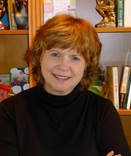 Long before we celebrated Halloween, Celtic people in the British Isles honored the dead during Samhain (which we pronounce “SOW-ren”). Some scholars think that Samhain was a Celtic version of New Year’s Eve. It was a holiday filled with ritual. Folks believed that in late fall, the veil between the worlds of the living and the dead was at its very thinnest. To light their way at this dark time of year, they carved out vegetables, and popped glowing coals inside. A popular choice was the humble turnip, which they grew, cooked, and ate, of course. Why turnips, you may ask? Think! Pumpkins didn’t grow in Europe—they are a New World vegetable. In fact, an old drawing shows how Indians in Virginia grew pumpkins in their villages in the late 1500s. Why not give turnip carving a try? Order big ones at your farm market. When you first bring them home, they might be hard as rocks. Let them sit out in the open for several days until they soften up a bit. To carve yourself some examples of the original “jack-o-lantern,” grab the turnips, some tea lights, a small knife, and a pointy spoon. Hold the turnip root tip up. Use a marker to draw the circle for the lid. Then trace or draw eyes, nose, mouth—whatever you’d like. Now be sure there’s an adult to help you! Use the knife to carve around the circle. Remove the top of the turnip and set it aside. That’s your lid. Use the spoon to scoop out the turnip just like a pumpkin. Be sure to leave a nice thick wall. Then pierce the turnip with your knife and gently carve out the features. Pop the tea light inside. Find a dark spot. Have the grownup help you light the wick and… LET IT GLOW! Today, folks grow pumpkins in the Old World, so kids all over Ireland, Scotland, England, and Wales carve jack-o-lanterns just like you do. Turnips are out….unless you want to feed the cows. 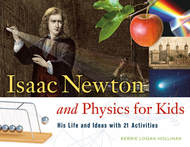 Kerrie Hollihan's biography of Isaac Newton sheds light on a lot of ideas people thought were mysterious. If you liked the turnip activity, there are lots more in this book. Kerrie Hollihan is a member of iNK's Authors on Call and is available for classroom programs through FieldTripZoom, a terrific technology that requires only a computer, wifi, and a webcam. Click here to find out more.
In spring 1665 a college student named Isaac Newton studied natural philosophy, what we call “science.” Back then, a good student could learn everything to know about the natural world. But plague, the Black Death, came to England. Cambridge University closed. Isaac went home to Woolsthorpe. For two years Isaac thought about his studies during four years at university. He’d always been thoughtful—not the best at games, making friends, or minding sheep. But everybody knew Isaac Newton liked to think. Folks told time by the sundial he’d drawn on a wall. Home at Woolsthorpe, Isaac’s learning about science and math bubbled up in his head like yeast rising in a loaf of bread. So... Newton unplugged. His mind roamed like that of an artist or composer. He was driven by the need to create—not paintings or symphonies, but questions. “Why do things always fall down?” “Why does the earth move around the sun? “Why doesn’t the moon fall onto the earth?” “Does everything ‘up there” work like things work ‘down here?’” Isaac Newton answered his questions with three science rules, Newton’s Laws of Motion. At Woolsthorpe, Newton grappled with the concept of moving objects. He worked out the math to find the area under curves. He called this math fluxions. Today we call this calculus, useful for launching rockets or tracking TV signals. Once back at Cambridge, Newton said nothing until he read someone else’s paper on fluxions. Newton published a better paper. Soon he was Cambridge’s top math professor. Isaac Newton wondered another twenty years. He played with prisms in a dark room and theorized that white light comprises the visible spectrum of red, orange, yellow, green, blue, indigo, and violet. He practiced alchemy and chemistry, looking for the legendary philosopher’s stone to turn base metals to gold. In 1687, Newton published our most important science book, the Principia. In the Principia, Newton showed how laws of gravity and motion work the same at great distances—far off in space, or in your classroom. We accept these ideas, but in 1687 many still had medieval beliefs that sun, moon, planets, and stars all traveled in their own crystal spheres. Yes, Newton wondered about A LOT:
 Sir Isaac Newton was an English mathematician, astronomer, theologian, author and physicist who is widely recognized as one of the most influential scientists of all time and a key figure in the scientific revolution. Based on a portrait by Godfrey Kneller, 1702, via Wikimedia Commons Sir Isaac Newton's own first edition copy of his Philosophiae Naturalis Principia Mathematica with his handwritten corrections for the twentieth edition. Photograph Andrew Dunn via Wikimedia Commons Trinity College, the part of the University of Cambridge where Newton worked and lived. Library of Congress This statue of the young Isaac Newton stands at the Oxford University Museum of Natural History. Look carefully around his feet for a hint on what he is wondering about. If you can’t figure it out, then read about Newton and gravity. Wikimedia Commons  Featuring 21 hands-on projects that explore the scientific concepts Isaac Newton developed, Kerrie Logan Hollihan's Isaac Newton and Physics for Kids paints a rich portrait of the brilliant and complex man and provides readers with a hands-on understanding of astronomy, physics, and mathematics. A time line, excerpts from Newton's own writings, online resources, and a reading list enhance this unique activity book. MLA 8 Citation
Hollihan, Kerrie Logan. "Isaac Newton's Wonder Years." Nonfiction Minute, iNK Think Tank, 21 Feb. 2018, www.nonfictionminute.org/the-nonfiction-minute/ isaac-newtons-wonder years. 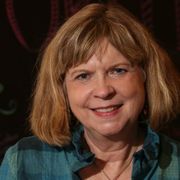 Dr. Percy Julian was my neighbor in Oak Park, Illinois. I didn’t know the family who lived in the pretty home surrounded by an iron fence. But I heard the story, that the house was firebombed after they had bought it back in 1951. The Julian's were African-Americans coming to a white community. Later I learned more. Dr. Julian was someone who didn’t take no for an answer. He grew up in the segregated South going to black-only schools. He hoped to study plant chemistry, but no southern college would accept a Negro, so he moved on. He went to DePauw University in Indiana and helped pay tuition by waiting tables at a white fraternity. He graduated at the top of his class in 1920 and wanted to get his doctorate at Harvard. Harvard refused, because that would mean Julian could teach whites—and that was not allowed. Julian moved on. He went to Austria to earn his doctorate, and in that lab he studied chemicals in plants, especially beans. Many excellent medicines came from plant chemicals, but extracting them was often costly. Upon returning to DePauw to teach, Julian was able to synthesize a plant chemical called physostigmine. His discovery produced inexpensive medicine for patients with glaucoma, an eye disease causing blindness. But the Great Depression fell across America, and DePauw ran out of money to fund his research. Julian moved on. A Chicago paint company hired Julian as the first African-American to head a research lab in American industry. Julian had to travel for his work, and motels refused him a bed. One year he slept in his car 32 times, sometimes in the dead of winter. Julian and his coworkers developed inks and paper coatings, dog food and a product called Aero-Foam to extinguish fires on aircraft carriers. His team discovered many uses for soybeans, at that time viewed as food for cows and pigs. Most important, they synthesized “Substance S” from soybeans. This synthetic drug replaced wildly-expensive cortisone. Julian’s landmark achievement offered relief to kids suffering from the painful and disfiguring disease rheumatoid arthritis. Percy Julian worked all his days, always moving on to make life better. He built his own research business, volunteered at church, played the piano, and loved his family. He became a quiet hero to many, including me. I’m writing a book about Dr. Julian, which I hope you’ll see in print. For now, visit this site. 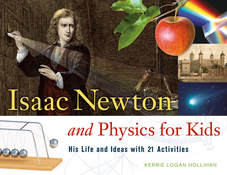 Kerrie Hollihan has already written about one great scientist, Sir Isaac Newton. You can read more about this book here. Kerrie Hollihan is a member of iNK's Authors on Call and is available for classroom programs through Field Trip Zoom, a terrific technology that requires only a computer, wifi, and a webcam. Click here to find out more. MLA 8 Citation
Hollihan, Kerrie Logan. "Dr Percy Julian: Forgotten Genius." Nonfiction Minute, iNK Think Tank, 13 Feb. 2018, www.nonfictionminute.org/ the-nonfiction-minute/dr-Percy-Julian-Forgotten-Genius. |
*NEWS
|
For Vicki Cobb's BLOG (nonfiction book reviews, info on education, more), click here: Vicki's Blog
The NCSS-CBC Notable Social Studies Committee is pleased to inform you
that 30 People Who Changed the World has been selected for Notable Social Studies Trade Books for Young People 2018, a cooperative project of the National Council for the Social Studies (NCSS) & the Children’s Book Council
Categories
All
Abolitionists
Adams Janus
Adaptation
Adaptations
Adkins Jan
Advertising
Aerodynamics
Africa
African American History
African Americans
Africa West
Agriculture
Aircraft
Air Pilots
Air Pressure
Air Travel
Albee Sarah
Alchemy
Alligators
Allusion
American History
American Icons
Amphibians
Amundsen Roald
Anatomy
Ancient
Ancient Cultures
Anderson Marian 1897-1993
Animal Behavior
Animal Experimentation
Animal Intelligence
Animals
Animation
Antarctica
Ants
Apache Indians
Apes
April Fool's Day
Architecture
Argument
Arithmetic
Art
Art Deco
Artists
Arts
Asia
Astronauts
Astronomy
Athletes
Atomic Theory
Audubon Societies
Authors
Autobiography
Automobiles
Aviation
Awards
Bacteria
Baseball
Battuta Ibn
Bears
Beatles
Beavers
Bees
Biodegradation
Biography
Biology
Biomes
Biomimicry
Biplanes
Birds
Black Death
Black History
Blindness
Blizzards
Bombs
Bonaparte Napoleon
Boone Daniel
Botany
Brazil
Bridges
Brill Marlene Targ
Brooklyn Bridge
Brown John
Buffaloes
Building Materials
Butterflies
Caesar
Caesar Julius
Caissons
Calculus
Calendars
Cannibal
Capitals
Caravaggio
Carbon Dioxide
Carnivores
Carson Mary Kay
Cartoons & Comics
Carving (Decorative Arts)
Cascade Range
Castaldo Nancy
Castles
Castrovilla Selene
Cathedrals
Cats
Caves
Celts
Cemeteries
Chemistry
Children's Authors
Child Welfare
China
Choctaw Indians
Christmas
Chronometers
Cicadas
Cinco De Mayo
Ciphers
Circle
Citizenship
Civil Rights
Civil Rights Movements
Civil War
Civil War - US
Climate
Climate Change
Clocks And Watches
Clouds
Cobb Vicki
COBOL (Computer Language)
Code And Cipher Stories
Collard III Sneed B.
Collectors And Collecting
Color
Commerce
Communication
Competition
Compilers
Composers
Computers
Congressional Gold Medal
Consitution
Contests
Contraltos
Coolidge Calvin
Cooling
Corms
Corn
Counterfeiters
Covid-19
Crocodiles
Cryptography
Culture
Darwin Charles
Declaration Of Independence
Decomposition
Decompression Sickness
Deep-sea Animals
Deer
De Medici Catherine
Design
Detectives
Dickens Charles
Disasters
Discrimination
Diseases
Disney Walt
DNA
Dogs
Dollar
Dolphins
Douglass Frederick 1818-1895
Droughts
Dr. Suess
Dunphy Madeleine
Ear
Earth
Earthquakes
Ecology
Economics
Ecosystem
Edison Thomas A
Education
Egypt
Eiffel-gustave-18321923
Eiffel-tower
Einstein-albert
Elephants
Elk
Emancipationproclamation
Endangered Species
Endangered-species
Energy
Engineering
England
Englishlanguage-arts
Entomology
Environmental-protection
Environmental-science
Equinox
Erie-canal
Etymology
Europe
European-history
Evolution
Experiments
Explorers
Explosions
Exports
Extinction
Extinction-biology
Eye
Fairs
Fawkes-guy
Federalgovernment
Film
Fires
Fishes
Flight
Floods
Flowers
Flute
Food
Food-chains
Foodpreservation
Foodsupply
Food-supply
Football
Forceandenergy
Force-and-energy
Forensicscienceandmedicine
Forensic Science And Medicine
Fossils
Foundlings
France
Francoprussian-war
Freedom
Freedomofspeech
French-revolution
Friction
Frogs
Frontier
Frontier-and-pioneer-life
Frozenfoods
Fugitiveslaves
Fultonrobert
Galapagos-islands
Galleys
Gametheory
Gaudi-antoni-18521926
Gender
Generals
Genes
Genetics
Geography
Geology
Geometry
Geysers
Ghosts
Giraffe
Glaciers
Glaucoma
Gliders-aeronautics
Global-warming
Gods-goddesses
Gold-mines-and-mining
Government
Grant-ulysses-s
Grasshoppers
Gravity
Great-britain
Great-depression
Greece
Greek-letters
Greenberg Jan
Hair
Halloween
Handel-george-frederic
Harness Cheryl
Harrison-john-16931776
Health-wellness
Hearing
Hearing-aids
Hearst-william-randolph
Henry-iv-king-of-england
Herbivores
Hip Hop
History
History-19th-century
History-france
History-world
Hitler-adolph
Hoaxes
Holidays
Hollihan Kerrie Logan
Homestead-law
Hopper-grace
Horses
Hot Air Balloons
Hot-air-balloons
Housing
Huguenots
Human Body
Hurricanes
Ice
Icebergs
Illustration
Imagery
Imhotep
Imperialism
Indian-code-talkers
Indonesia
Industrialization
Industrial-revolution
Inquisition
Insects
Insulation
Intelligence
Interstatecommerce
Interviewing
Inventions
Inventors
Irrational-numbers
Irrigation
Islands
Jacksonandrew
Jazz
Jeffersonthomas
Jefferson-thomas
Jemisonmae
Jenkins-steve
Jet-stream
Johnsonlyndonb
Jokes
Journalism
Keeling-charles-d
Kennedyjohnf
Kenya
Kidnapping
Kingmartinlutherjr19291968
Kingmartinlutherjr19291968d6528702d6
Kings-and-rulers
Kings Queens
Kings-queens
Koala
Labor
Labor Policy
Lafayette Marie Joseph Paul Yves Roch Gilbert Du Motier Marquis De 17571834
Landscapes
Languages-and-culture
Law-enforcement
Layfayette
Levers
Levinson Cynthia
Lewis And Clark Expedition (1804-1806)
Lewis Edmonia
Liberty
Lift (Aerodynamics)
Light
Lindbergh Charles
Liszt Franz
Literary Devices
Literature
Lizards
Longitude
Louis XIV King Of France
Lumber
Lunar Calendar
Lynching
Macaws
Madison-dolley
Madison-james
Madison-james
Mammals
Maneta-norman
Maneta-norman
Marathon-greece
Marine-biology
Marine-biology
Marines
Marsupials
Martial-arts
Marx-trish
Mass
Massachusetts-maritime-academy
Mass-media
Mastodons
Mathematics
May-day
Mcclafferty-carla-killough
Mcclafferty-carla-killough
Mckinley-william
Measurement
Mechanics
Media-literacy
Media-literacy
Medicine
Memoir
Memorial-day
Metaphor
Meteorology
Mexico
Mickey-mouse
Microscopy
Middle-west
Migration
Military
Miners
Mississippi
Molasses
Monarchy
Monsters
Montgomery
Montgomery-bus-boycott-19551956
Montgomery-heather-l
Monuments
Moon
Moran-thomas
Morsecode
Morsesamuel
Moss-marissa
Moss-marissa
Motion
Motion-pictures
Mummies
Munro-roxie
Munro-roxie
Musclestrength
Museums
Music
Muslims
Mythologygreek
Nanofibers
Nanotechnology
Nathan-amy
Nathan-amy
Nationalfootballleague
Nationalparksandreserves
Nativeamericans
Native-americans
Native-americans
Naturalhistory
Naturalists
Nature
Nauticalcharts
Nauticalinstruments
Navajoindians
Navigation
Navy
Ncaafootball
Nervoussystem
Newdeal19331939
Newman-aline
Newman-aline
Newton-isaac
New-york-city
Nobelprizewinners
Nomads
Nonfictionnarrative
Nutrition
Nylon
Nymphs-insects
Oaths Of Office
Occupations
Ocean
Ocean-liners
Olympics
Omnivores
Optics
Origami
Origin
Orphans
Ottomanempire
Painters
Painting
Paleontology
Pandemic
Paper-airplanes
Parksrosa19132005
Parrots
Passiveresistance
Patent Dorothy Hinshaw
Peerreview
Penguins
Persistence
Personalnarrative
Personification
Pets
Photography
Physics
Pi
Pigeons
Pilots
Pinkertonallan
Pirates
Plague
Plains
Plainsindians
Planets
Plantbreeding
Plants
Plastics
Poaching
Poetry
Poisons
Poland
Police
Political-parties
Pollen
Pollution
Polo-marco
Populism
Portraits
Predation
Predators
Presidentialmedaloffreedom
Presidents
Prey
Prey-predators
Prey-predators
Prime-meridian
Pringle Laurence
Prohibition
Proteins
Protestandsocialmovements
Protestants
Protestsongs
Punishment
Pyramids
Questioning
Radio
Railroad
Rainforests
Rappaport-doreen
Ratio
Reading
Realism
Recipes
Recycling
Refrigerators
Reich-susanna
Religion
Renaissance
Reproduction
Reptiles
Reservoirs
Rheumatoidarthritis
Rhythm-and-blues-music
Rice
Rivers
Roaringtwenties
Roosevelteleanor
Rooseveltfranklind
Roosevelt-franklin-d
Roosevelt-theodore
Running
Russia
Safety
Sanitation
Schwartz David M
Science
Scientificmethod
Scientists
Scottrobert
Sculpture
Sculpturegardens
Sea-level
Seals
Seals-animals
Secretariesofstate
Secretservice
Seeds
Segregation
Segregationineducation
Sensessensation
September11terroristattacks2001
Seuss
Sextant
Shackletonernest
Shawneeindians
Ships
Shortstories
Silkworms
Simple-machines
Singers
Siy Alexandra
Slavery
Smuggling
Snakes
Socialchange
Social-change
Socialjustice
Social-justice
Socialstudies
Social-studies
Social-studies
Sodhouses
Solarsystem
Sound
Southeast-asia
Soybean
Space Travelers
Spain
Speech
Speed
Spiders
Spies
Spiritualssongs
Sports
Sports-history
Sports-science
Spring
Squirrels
Statue-of-liberty
STEM
Storms
Strategy
Sugar
Sumatra
Summer
Superbowl
Surgery
Survival
Swanson-jennifer
Swinburne Stephen R.
Synthetic-drugs
Taiwan
Tardigrada
Tasmania
Tasmanian Devil
Tasmanian-devil
Technology
Tecumsehshawneechief
Telegraph-wireless
Temperature
Tennis
Terrorism
Thomas Peggy
Thompson Laurie Ann
Time
Titanic
Tombs
Tortoises
Towle Sarah
Transcontinental-flights
Transportation
Travel
Trees
Trung Sisters Rebellion
Tundra
Turnips
Turtles
Typhoons
Underground Railroad
Us-environmental-protection-agency
Us History
Us-history
Ushistoryrevolution
Us History Revolution
Us-history-war-of-1812
Us Presidents
Ussupremecourtlandmarkcases
Vacations
Vaccines
Vangoghvincent
Vegetables
Venom
Vietnam
Viruses
Visual-literacy
Volcanoes
Voting-rghts
War
Warne-kate
Warren Andrea
Washington-dc
Washington George
Water
Water-currents
Wax-figures
Weapons
Weather
Weatherford Carole Boston
Whiting Jim
Wildfires
Winds
Windsor-castle
Wolves
Woman In History
Women
Women Airforce Service Pilots
Women-airforce-service-pilots
Womeninhistory
Women In History
Women-in-science
Women's History
Womens-roles-through-history
Wonder
Woodson-carter-godwin-18751950
World-war-i
World War Ii
World-war-ii
Wright Brothers
Writing
Writing-skills
Wwi
Xrays
Yellowstone-national-park
Zaunders Bo
ArchivesMarch 2021
February 2021
January 2021
December 2020
November 2020
October 2020
September 2020
June 2020
May 2020
April 2020
March 2020
February 2020
January 2020
December 2019
October 2019
September 2019
August 2019
July 2019
May 2019
April 2019
March 2019
February 2019
January 2019
December 2018
November 2018
September 2018
June 2018
May 2018
April 2018
March 2018
February 2018
January 2018
December 2017
November 2017
October 2017
September 2017
March 2017
The NONFICTION MINUTE, Authors on Call, and. the iNK Books & Media Store are divisions of iNK THINK TANK INC.
a 501 (c) (3) nonprofit corporation. To return to the iNK Think Tank landing page click the icon or the link below. :
http://inkthinktank.org/
For more information or support, contact thoughts@inkthinktank.org
For Privacy Policy, go to
Privacy Policy
© COPYRIGHT the Nonfiction Minute 2020.
ALL RIGHTS RESERVED.
This site uses cookies to personalize your experience, analyze site usage, and offer tailored promotions. www.youronlinechoices.eu
Remind me later
Archives
March 2023
February 2023
January 2023
December 2022
November 2022
October 2022
September 2022
June 2022
May 2022
April 2022
March 2022
February 2022
January 2022
December 2021
November 2021
September 2021
April 2021
March 2021
February 2021
November 2020
October 2020
September 2020
June 2020
May 2020
April 2020
March 2020
February 2020
January 2020
October 2019
August 2019
July 2019
May 2019
April 2019
December 2018
September 2018
June 2018
May 2018
March 2018
February 2018
January 2018
December 2017
November 2017
October 2017
September 2017


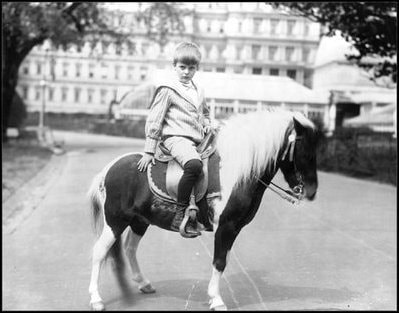
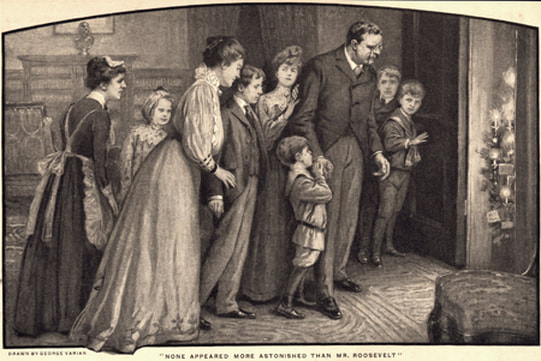


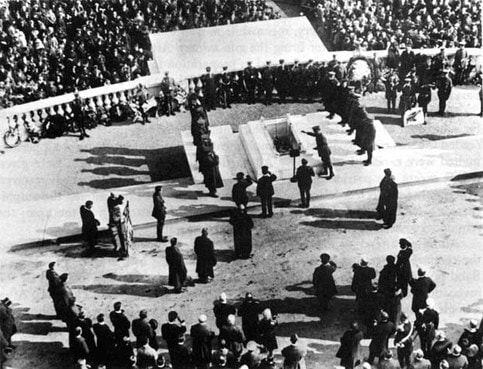


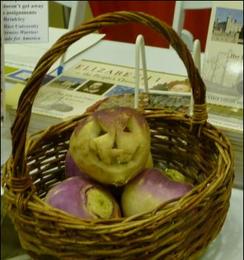
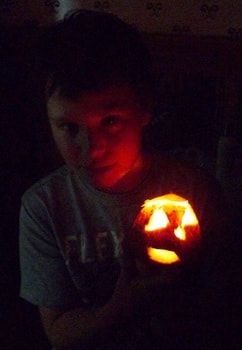

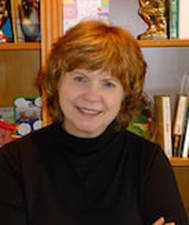

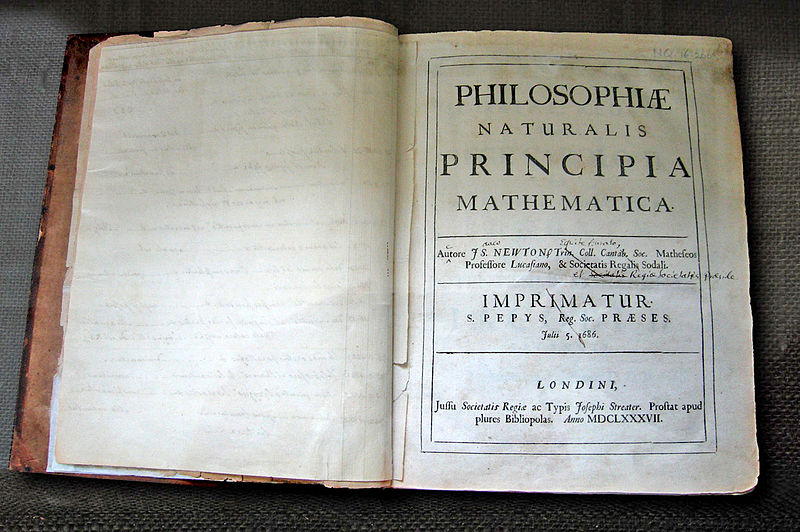
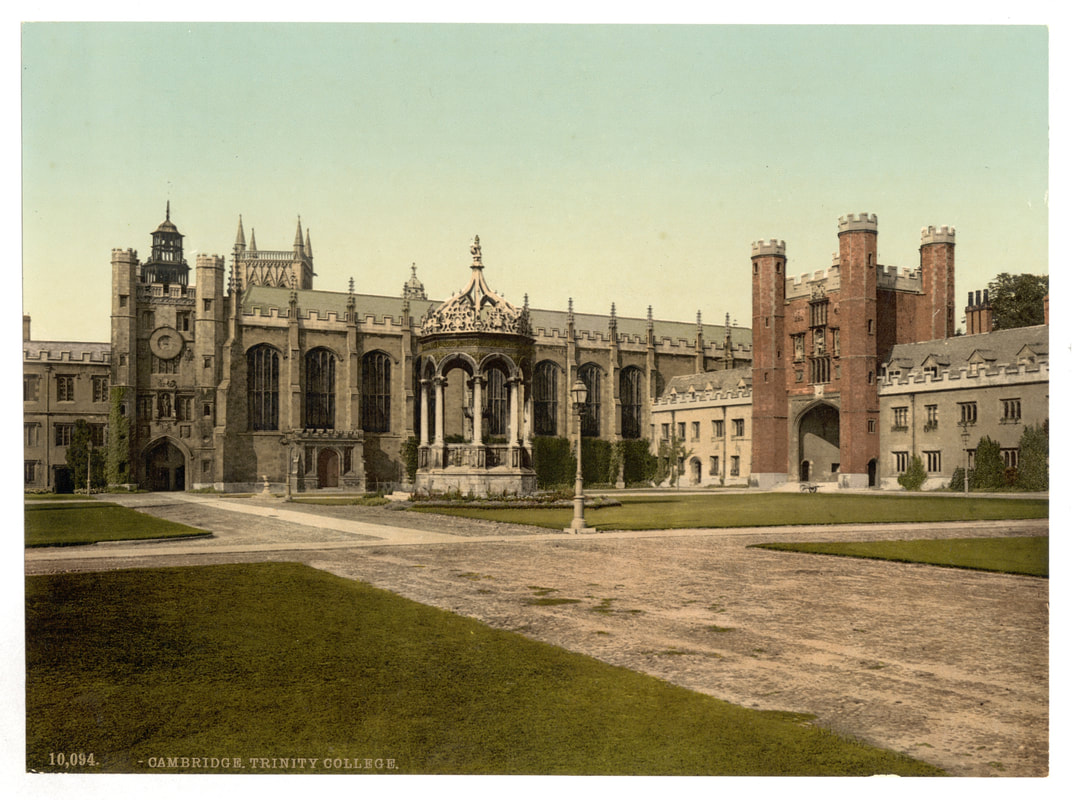
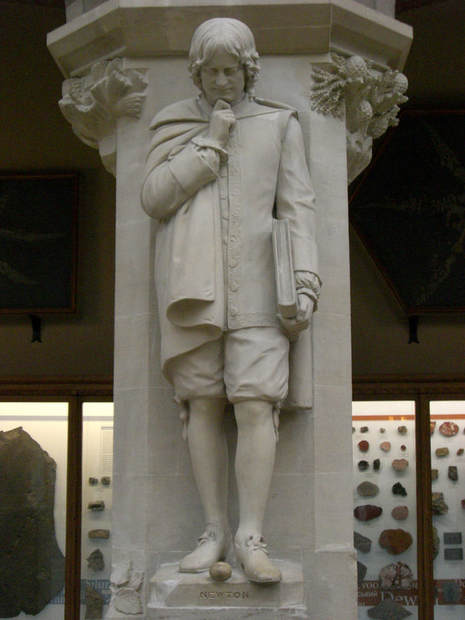


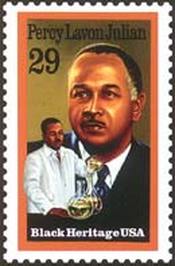

 RSS Feed
RSS Feed
